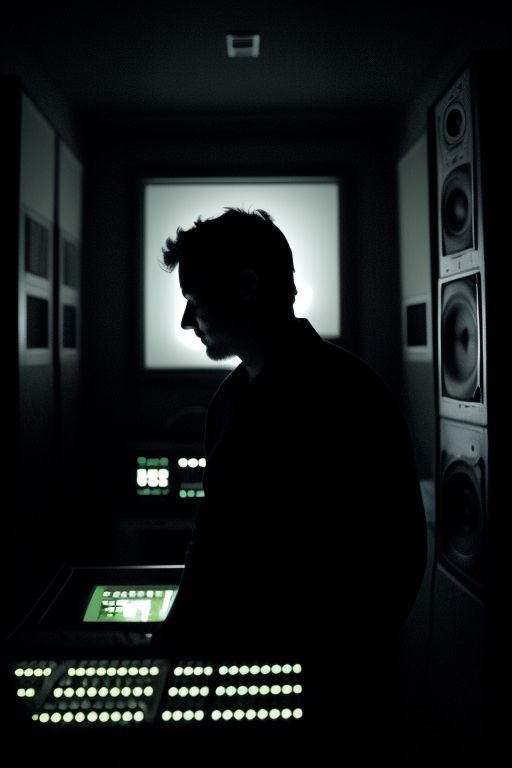Lighting is one of the most critical elements of video production. It sets the mood, highlights key subjects, and ensures that the visual quality of the broadcast is professional and engaging. For live video broadcasts, where there is no room for post-production corrections, getting the lighting right from the start is essential. This comprehensive guide covers the importance of lighting, types of lighting setups, best practices, and tips to help you choose the right lighting for your live video broadcasts.
Introduction: The Importance of Lighting in Live Broadcasts
Lighting plays a pivotal role in video production, influencing the overall aesthetic and effectiveness of the broadcast. Good lighting enhances the clarity and visual appeal of the video, ensures the subject is well-lit and distinguished from the background, and helps convey the desired mood and tone. Poor lighting, on the other hand, can result in shadows, glare, and a lack of focus, detracting from the professionalism and impact of the broadcast.
Key Factors to Consider When Choosing Lighting
1. Purpose and Setting of the Broadcast
The type of event and its setting significantly influence the lighting setup. Corporate webinars, product launches, educational sessions, and entertainment broadcasts each have different lighting requirements. For instance, a corporate webinar might require neutral, professional lighting, while an entertainment show might benefit from more dynamic and colorful lighting.
2. Natural Light Availability
Assess the natural light available in your broadcasting space. Natural light can be an asset if used correctly, but it also requires careful management to avoid harsh shadows or inconsistent lighting as the sun changes position.
3. Equipment and Budget
The quality and type of lighting equipment you can use depend on your budget. While professional-grade lighting equipment offers the best results, there are budget-friendly options and DIY solutions that can also be effective.
4. Space and Environment
The size and layout of your broadcasting space will determine how you set up your lighting. Smaller spaces might require fewer lights, while larger studios will need more extensive setups. Consider the color and reflectivity of walls and furnishings, as they can affect how light is distributed.
Types of Lighting Setups
1. Three-Point Lighting
The three-point lighting setup is a standard in video production, providing a balanced and professional look. It consists of three lights:
- Key Light: The main light source, positioned at a 45-degree angle from the subject, providing primary illumination.
- Fill Light: Positioned opposite the key light, the fill light softens shadows created by the key light, ensuring the subject is evenly lit.
- Back Light: Placed behind the subject, the back light helps separate the subject from the background, adding depth and dimension.
2. Ring Light
Ring lights are popular for their ability to produce soft, even lighting with minimal shadows. They are particularly effective for close-up shots and face-centric broadcasts, such as vlogs, tutorials, and interviews.
3. Softbox Lighting
Softbox lights diffuse light to create a soft, flattering glow. They are versatile and can be used as key or fill lights. Softboxes are ideal for reducing harsh shadows and producing a natural-looking light.
4. LED Panels
LED panels are versatile and energy-efficient lighting solutions. They come in various sizes and can be adjusted for brightness and color temperature. LED panels are suitable for both key and fill lighting and are commonly used in professional video production.
5. Natural Light
When used correctly, natural light can produce beautiful, high-quality results. Position your subject facing a window to take advantage of soft, diffused daylight. However, be mindful of changing light conditions and the potential need for additional lighting to maintain consistency.
Best Practices for Lighting Live Video Broadcasts
1. Balance and Consistency
Ensure that your lighting setup provides balanced illumination, with no harsh shadows or overly bright spots. Consistency is crucial, especially for live broadcasts where lighting adjustments mid-stream are impractical.
2. Adjust Color Temperature
Match the color temperature of your lights to the natural light in your environment. Most professional lighting equipment allows you to adjust color temperature to produce warmer or cooler light, creating a cohesive look.
3. Use Diffusers
Diffusers soften the light, reducing harsh shadows and glare. They can be attached to lights or positioned between the light source and the subject. Soft, diffused lighting is particularly important for creating a flattering look in close-up shots.
4. Test and Adjust
Conduct thorough testing before going live. Check how the lighting looks on camera and make necessary adjustments to avoid any surprises during the broadcast. Pay attention to how different angles and positions affect the lighting.
5. Avoid Reflections and Glare
Be mindful of reflective surfaces, such as glasses, monitors, and whiteboards, which can cause unwanted reflections and glare. Adjust the position of lights or use polarizing filters to minimize these issues.
Tips for Different Types of Live Broadcasts
1. Webinars and Educational Sessions
- Neutral Lighting: Use neutral, balanced lighting to ensure clarity and professionalism.
- Avoid Distractions: Keep the background simple and avoid lighting setups that cause shadows or highlights on whiteboards or screens.
2. Product Launches and Demonstrations
- Highlight the Product: Ensure the product is well-lit and stands out from the background.
- Dynamic Lighting: Use dynamic lighting to create interest and emphasize key features of the product.
3. Interviews and Talk Shows
- Flattering Lighting: Use soft, diffused lighting to flatter the interviewees and reduce shadows.
- Depth and Dimension: Incorporate backlighting to add depth and separate subjects from the background.
4. Entertainment Shows and Performances
- Creative Lighting: Experiment with colored lights and dynamic effects to create an engaging atmosphere.
- Audience Engagement: Use lighting to highlight key moments and direct audience attention.
Conclusion: Elevate Your Live Broadcasts with the Right Lighting
In conclusion, choosing the right lighting for live video broadcasts is essential for delivering a professional, engaging, and visually appealing experience. By understanding the specific needs of your broadcast, selecting appropriate lighting setups, and following best practices, you can ensure that your live streams captivate and retain your audience. Remember that good lighting not only enhances the visual quality but also sets the tone and mood, contributing to the overall success of your live broadcasts. With careful planning and execution, you can harness the power of lighting to elevate your live streaming efforts and create memorable, impactful content.





Leave a Reply